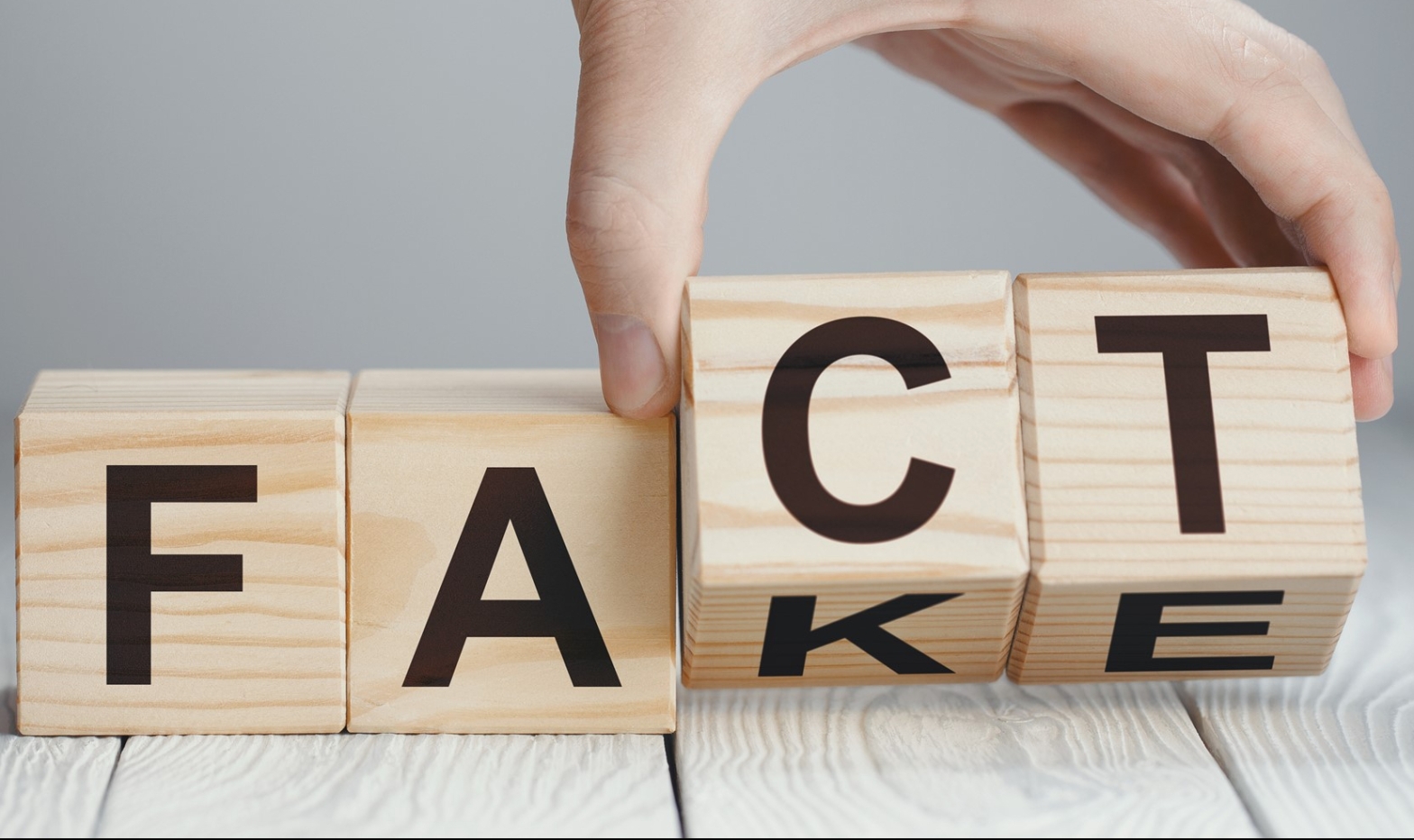Countries around the world have finally started to debate deep fakes, social media’s incubation of “echo chambers,” and fake news for their part in the growing problem of both “misinformation” and “disinformation.” Within the past few years, “misinformation” and “disinformation” have been tied to several major political events and public opinion topics, causing world leaders and tech giants like Facebook and Twitter to re-examine how best to contain the spread of “misinformation” and “disinformation”.
What are “Misinformation” and “Disinformation”?
Dictionary.com dubbed “misinformation” the word of the year in 2018 and provided a concise definition: “false information that is spread, regardless of whether there is intent to mislead.” This is contrasted with “disinformation,” which is crafted and disseminated with an intent to mislead others.
The Washington Post summarized it perfectly: “When people spread misinformation, they often believe the information they are sharing. In contrast, disinformation is crafted and disseminated with the intent to mislead others. Further confusing the issue is the fact that a piece of disinformation can ultimately become misinformation. It all depends on who’s sharing it and why. For example, if a politician strategically spreads information that they know to be false in the form of articles, photos, memes, etc., that’s disinformation. When an individual sees this disinformation, believes it, and then shares it, that’s misinformation.”
While these have existed since the beginning of time, modern “online misinformation” has effectively existed since the birth of the Internet. More recently, however, both online misinformation and disinformation have grown into a widespread problem, impacting public opinion and political events such as the “Brexit” vote in 2016 as well as the American presidential election that same year. Automation, micro-targeting, and coordination have emerged to help disinformation better reach targeted groups, causing concern for many communication and political experts.
Heuristics
One important factor for poor decision-making is heuristics, a method of solving problems in a quick, non-methodical way. When someone is given new information, they will often use heuristics to judge whether the source is credible and the information is accurate. Studies have found that people most frequently rely on repetition and familiarity when deciding whether to believe a new piece of information. For this reason, many people will rely on one or two news resources in their lifetime, trusting them to deliver unbiased information. This allows both types of information to more easily spread, and encourages people to not fact check new information.
Confirmation Bias
Confirmation bias is also incredibly important to the conversation. In short, this is the human tendency to interpret new information as confirmation of existing beliefs or theories. This problem becomes magnified on social media, where individuals follow those with similar views; their social media feeds effectively become streams of information – whether accurate or not – inherently tied to their own points of view. As Claire Wardle astutely noted, “Stress testing technology in the context of the worst moments in history might have illuminated what social scientists and propagandists have long known: that humans are wired to respond to emotional triggers and share misinformation if it reinforces existing beliefs and prejudices. Instead designers of the social platforms fervently believed that connection would drive tolerance and counteract hate. They failed to see how technology would not change who we are fundamentally—it could only map onto existing human characteristics.”
Explaining the Spread
Throughout history, disinformation has been used by politicians and propagandists as a way of discrediting media, separating groups, and building political influence. People tend to align themselves with groups to solidify their own identity and behave accordingly on social platforms to showcase their alignment. In the modern era, social media has quickly become the primary stage for many of these polarized political discussions and, therefore, one of the main ways misinformation and disinformation spread. When information triggers an emotional response and supports existing prejudices and beliefs, people are more likely to share that information with others. For this reason, many are calling for social media platforms like Facebook and Twitter to censor certain posts and intervene. Whether or not these platforms can or should intervene is a totally different subject—for now, we must focus on educating individuals on investigating their sources, fact-checking their news feeds and questioning more of what they see both online and offline.
This is an issue regardless of where you fall on the political spectrum—it’s inherently impossible to have a reasoned debate when the opposing side’s premises are based on unfounded facts or assumptions. If it feels like you are talking to a wall when having a political debate, consider that the other person may simply be basing their position on illusory facts.
Brandon Adoni’s recommendations:
Claire Wardle, “Misinformation Has Created a New World Disorder”
Thank you for reading and I hope you will be careful about what you read out there. Please reach out with any questions. Happy new year!
Brandon Adoni


